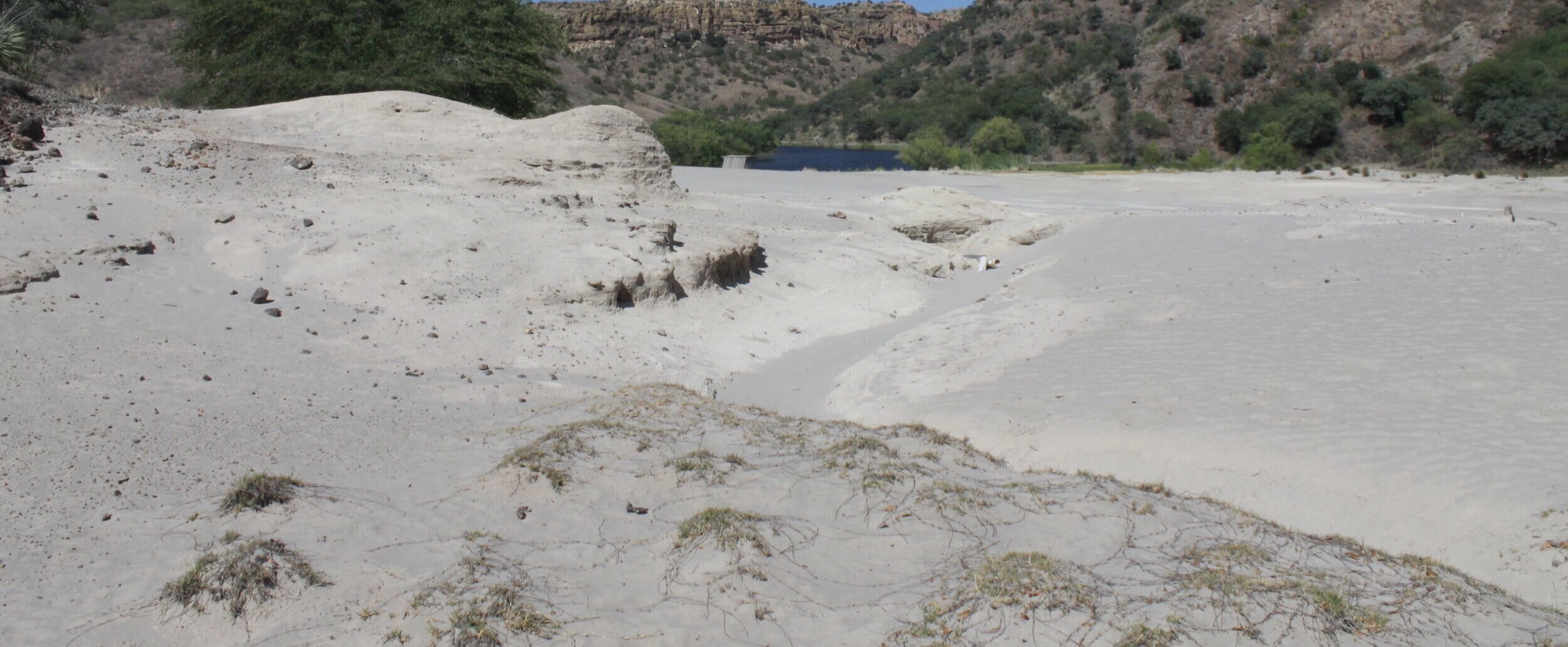
Research
The Archaeology of Toxicity
While most archaeologists study the deep past, my research focus is on the recent past, in particular the material, ecological, and economic features of a contemporary era defined by ever-accelerating industrial production. I am interested in the incredible scales of production and circulation that have accompanied industrialization over the past two hundred years, as well as its equally massive scale of exploitation, waste, and environmental degradation.
We live in a world that has been remade by two centuries of industrial capitalism, what many scholars are now calling the Anthropocene. The effects of this transformation are apparent in our bodies, our politics, our social relations, our atmosphere, and in the concepts we use to comprehend them. Through mountains of toxic waste that persist for millennia, acres of non-degradable plastics, and elevated concentrations of CO2 in our atmosphere, the past two centuries have not just remade our present, they have begun to remake our future as well.
I am interested in using archaeology to explore the material transformations that mark the Anthropocene, the associated violence that has accompanied these transformations, and the communities of both humans and non-humans that have navigated them. As a discipline which is attentive to both material traces and long-term persistence, archaeology is well suited to uncover the hidden stories of anthropogenic deformation, as well as the legacies of this deformation into the present and future.
Broadly, I am fascinated by the potential of archaeology to explore the toxic afterlives of industrial production and waste, what I term the archaeology of toxicity. Since archaeology is a study of placemaking over time, the archaeology of toxicity is an investigation into the living in and making of toxic place. In other words, how do the production and dispersal of toxins into a landscape mediate how people, animals and plants make place, and how do varying exposures to these toxins over time mediate relationships between these groups?
In my own work, I focus on the histories and legacies of early twentieth-century industrialization (specifically mining and meatpacking) in the North American West, with ongoing projects in Arizona and Alberta. My particular interest is exploring how communities of labor deal with both exploitation and exposure in landscapes that are tied to their livelihoods, but also are becoming increasingly toxic.
